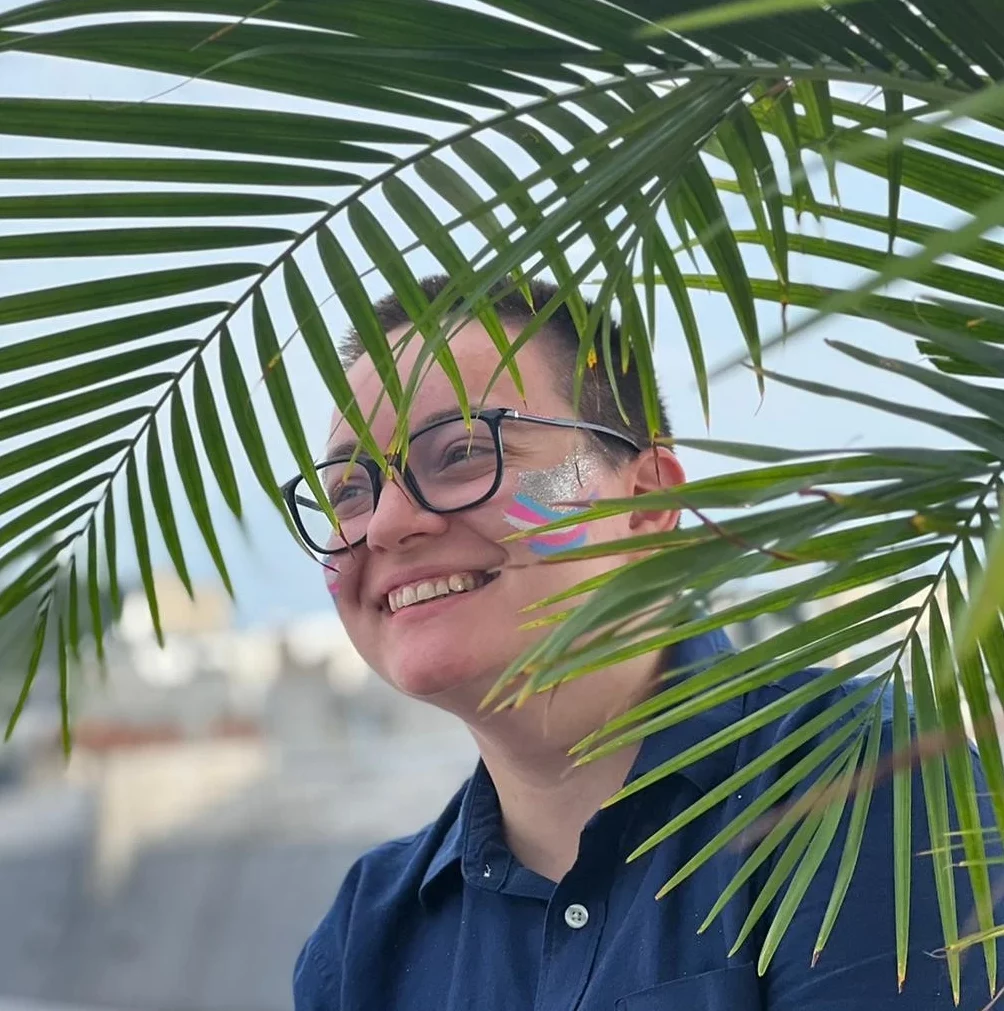This blog post was written as part of this month’s IndieWeb carnival, hosted by orchids on the theme of Accessibility in the small web. It was written during the Brighton IndieWebCamp: I’m attending remotely, but having the livestream on makes me feel like I’m sitting with all these productive and likeable people and gives me all the inspiration I need to write!
I’m a boring person. Sorry! I use the Internet in light mode because dark mode gives me headaches, and I send most of the text that I read to my e-reader so I won’t have to stare at my screen (or sit at my desk), I read everything I can from my perfectly-customized RSS reader, and when I see a website with flashing lights or very bright colours, I admire it for a few seconds and then move it to reading mode so I can read bare text.
The yesterweb is all about making pretty websites like the ones we had in simpler times. And as much as I love it in principle, I often have a pretty bad time reading it, which is unfortunate. So I end up favouring the incredibly bland and boring black-on-white (or, in my case, dark grey on light green, because I’m so special) websites over the ones that truly bring me joy.
A few recommendations for small web friends
(The web is small, not the friends.)
In order of what should be easiest to implement:
- Make your links big: never link on a single word (especially not « here » or another short word), try to link groups of words or even full sentences. It’s easier for Team Big Thumbs, and more readable.
- Side note: Don’t use « Click here » at all actually. When you link to something, tell us where we’ll end up − what’s the title of the page? What’s the general theme?
- When you use hashtags, use camelCase, capitalizing the first letter of each word. It makes it much more readable than a letter salad.
- Make sure you have an RSS feed, which allows us to read from a platform that we’ve configured to meet our personal needs.
- Check contrast on your colours, to make sure they’re easily readable. I really like Xandra’s approach on her homepage, as she has some low-contrast options that she thinks look nicer (maybe they do! i can’t read them!) but makes them more readable on hover and uses them reasonably. It’s a good compromise, in my opinion!
- Please, I beg you, make your website responsive. Listen, I know it’s not fun, and I too dislike mobile views, but when we zoom in on your text, it’s important that we can still read it.
- Remember alternative text on images. (Honestly, while I think this is really important, it has also driven me to post more text and fewer images, altogether, because it requires some effort.)
What next?
How do we make the small web fun and pretty, while keeping it nice to read for our headache-prone comrades?
I don’t know. But this is a start, and everything has to start somewhere, right?
What I try to keep in mind is the curb cut effect, also known as the « i want subtitles on my favourite show because even though my ears are just fine, i like to eat crisps while watching » rule. In many cases, adding accessibility to your website makes it nicer for everyone, not only for the people who needed these changes. (Corollary: everything that makes you squint is giving a giant migraine to someone else out there.)
I don’t know much about accessibility and only write about what makes reading on a screen more tolerable for me. I’ll never enjoy reading text on a computer anyway, and there are many people with much more pressing and well-defined needs than me: I encourage you to educate yourself to accessibility, it’s an actually fun and interesting topic and brings real value to many, many people.
Read more?
- Marco’s blog on accessibility (currently inactive)
- W3C’s intro about accessibility
- L’accessiblité numérique est encore trop souvent vécue comme une contrainte, tribune dans Le Monde (accès payant)
- Le cours d’accessibilité du web sur la Wikiversity
